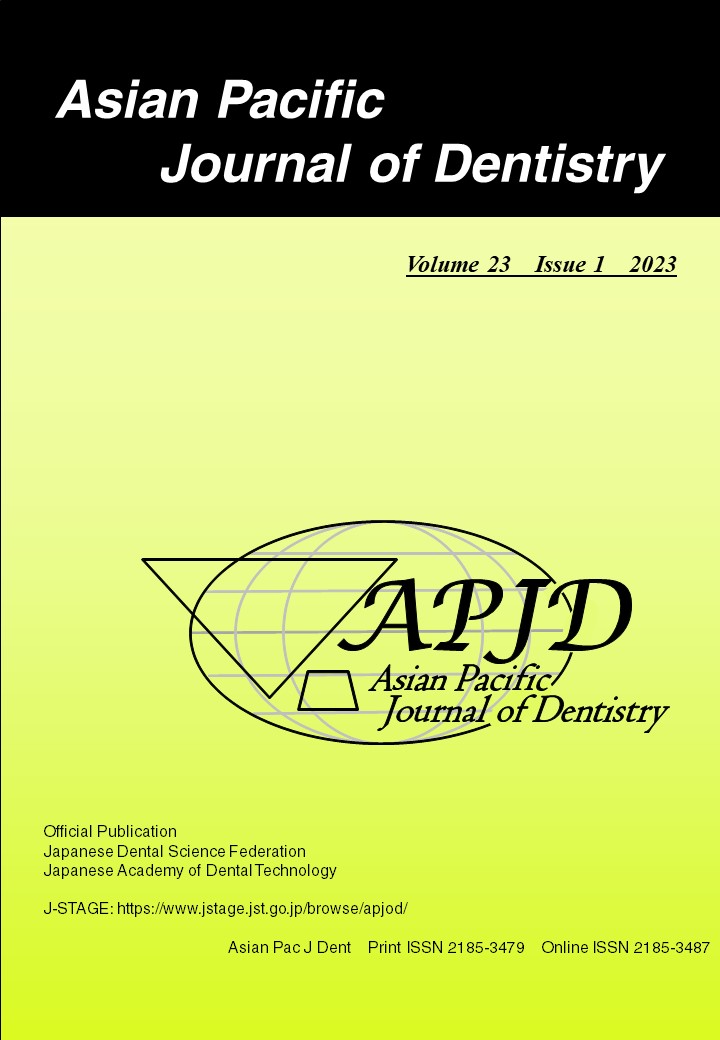Volume 23, Issue 1
Displaying 1-3 of 3 articles from this issue
- |<
- <
- 1
- >
- >|
Original article
-
Article type: Articles
2023 Volume 23 Issue 1 Pages 1-4
Published: 2023
Released on J-STAGE: April 24, 2023
Advance online publication: February 10, 2023Download PDF (382K) Full view HTML -
Article type: Articles
2023 Volume 23 Issue 1 Pages 5-8
Published: 2023
Released on J-STAGE: April 24, 2023
Download PDF (254K) Full view HTML
Case Report
-
Article type: Articles
2023 Volume 23 Issue 1 Pages 9-13
Published: 2023
Released on J-STAGE: April 24, 2023
Download PDF (15041K) Full view HTML
- |<
- <
- 1
- >
- >|
